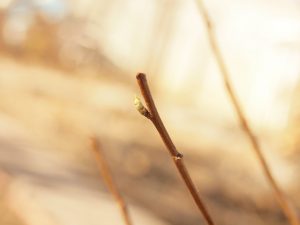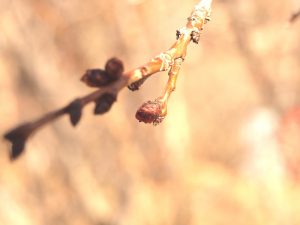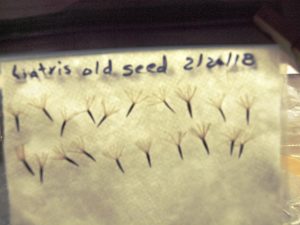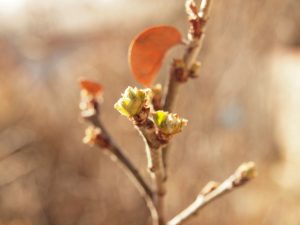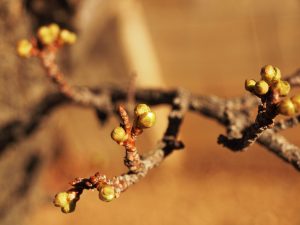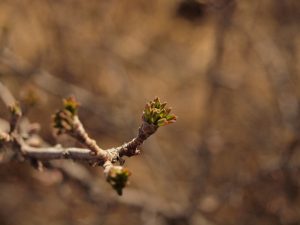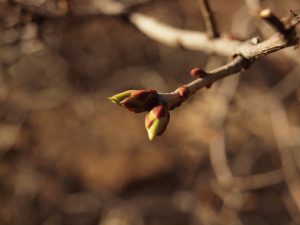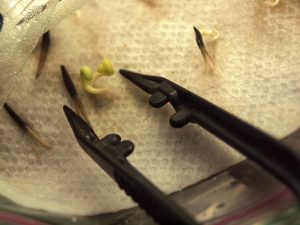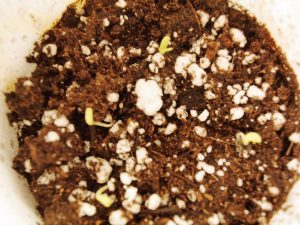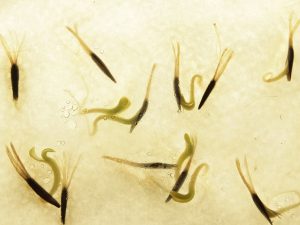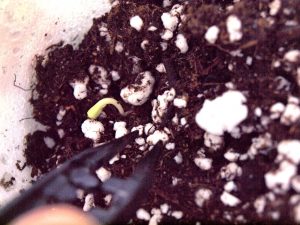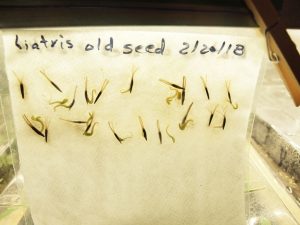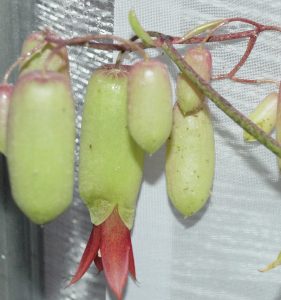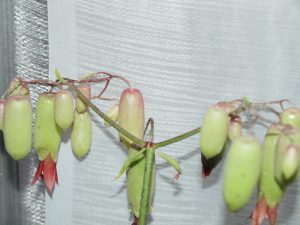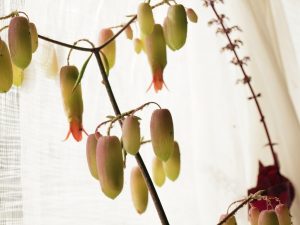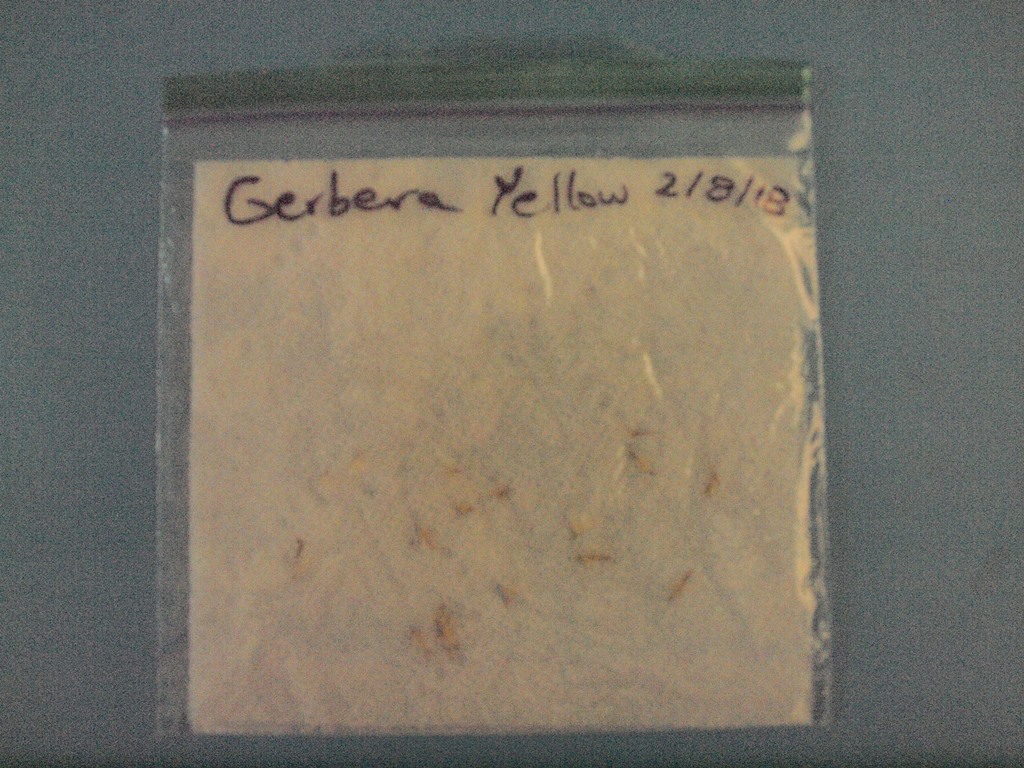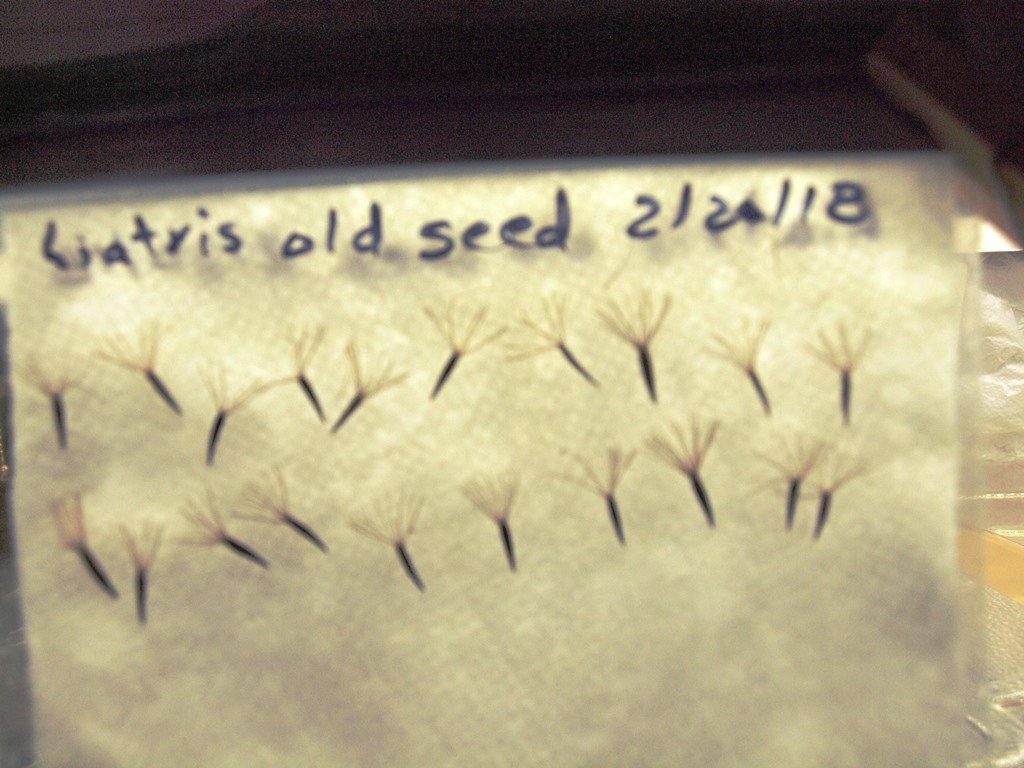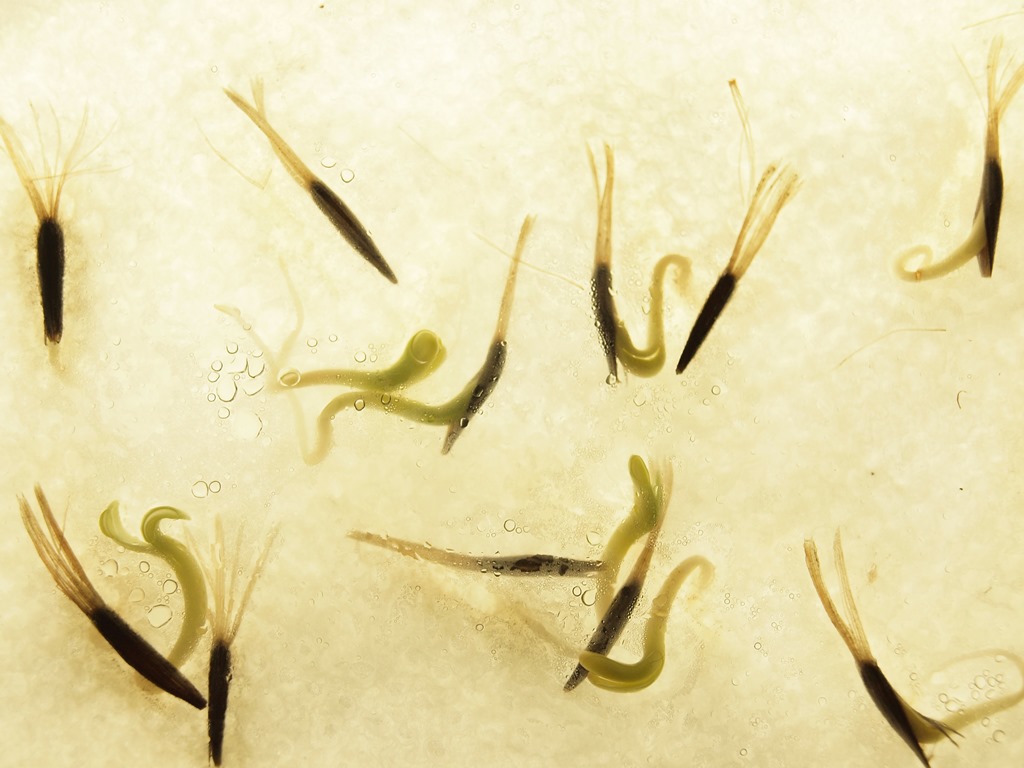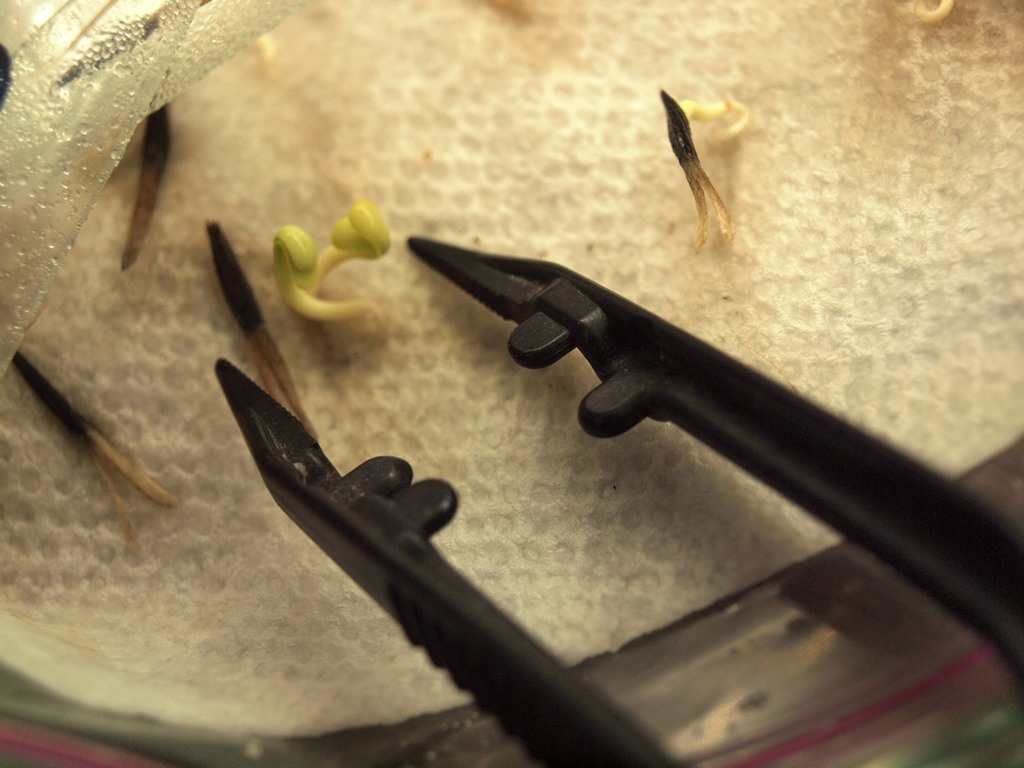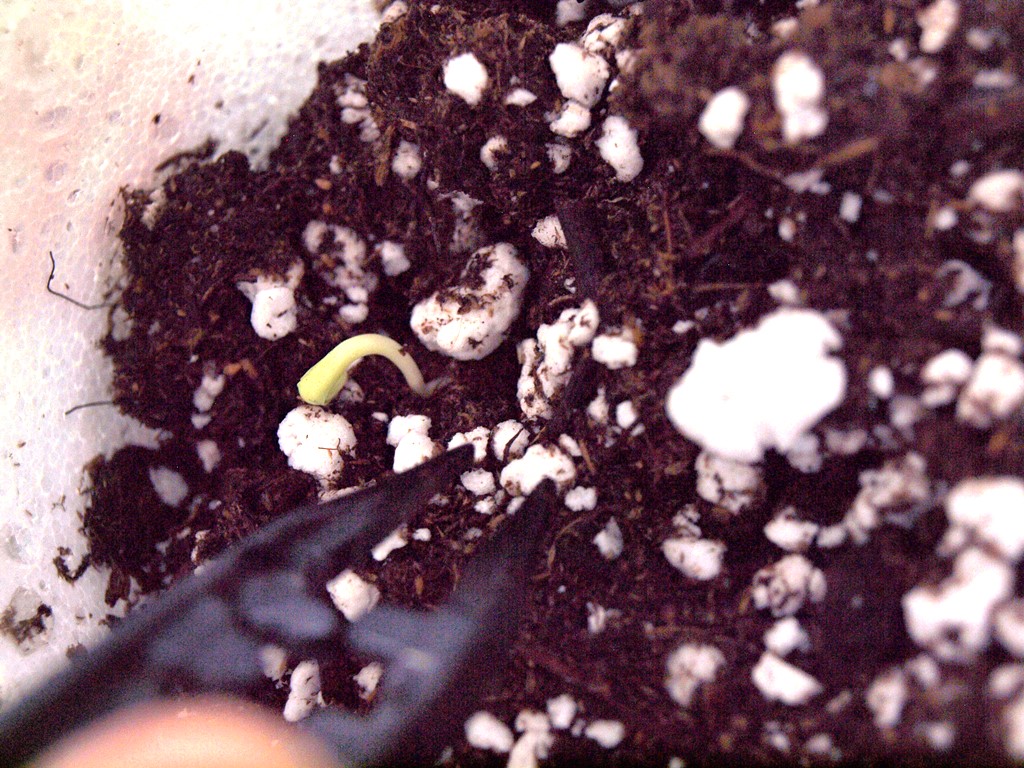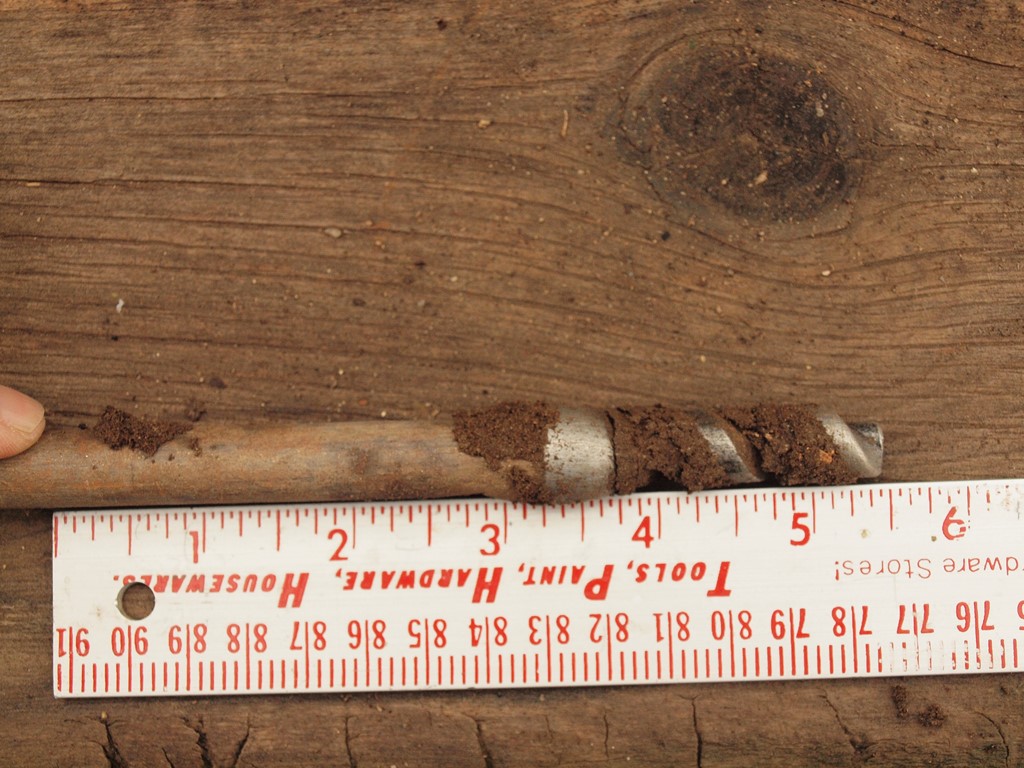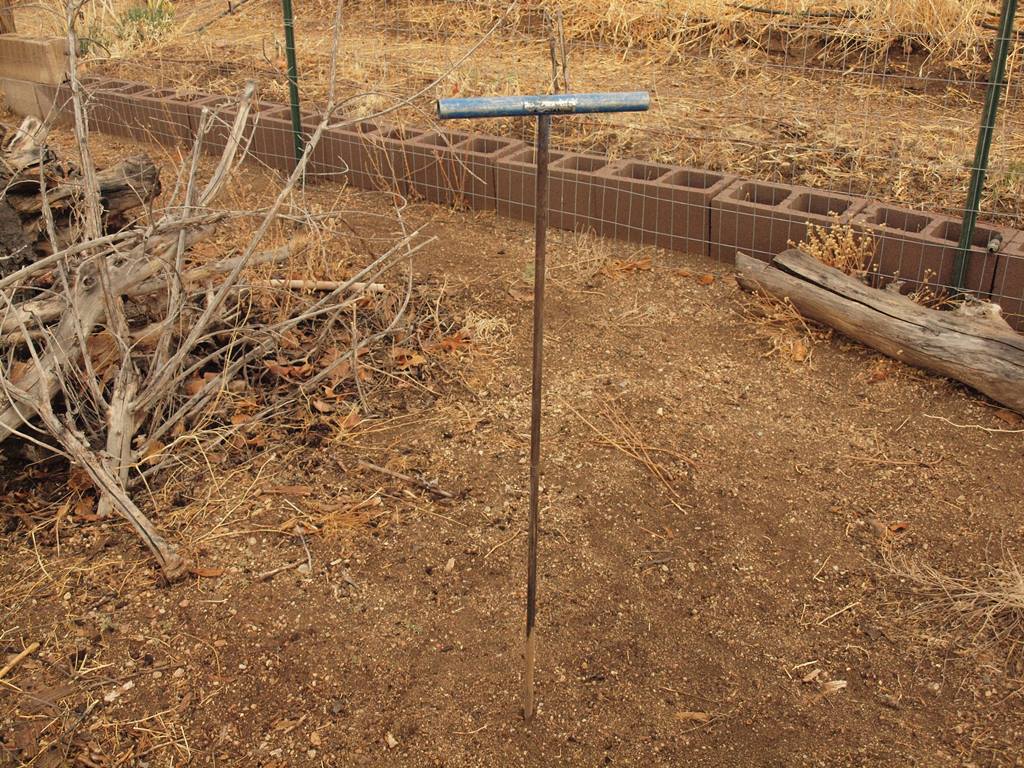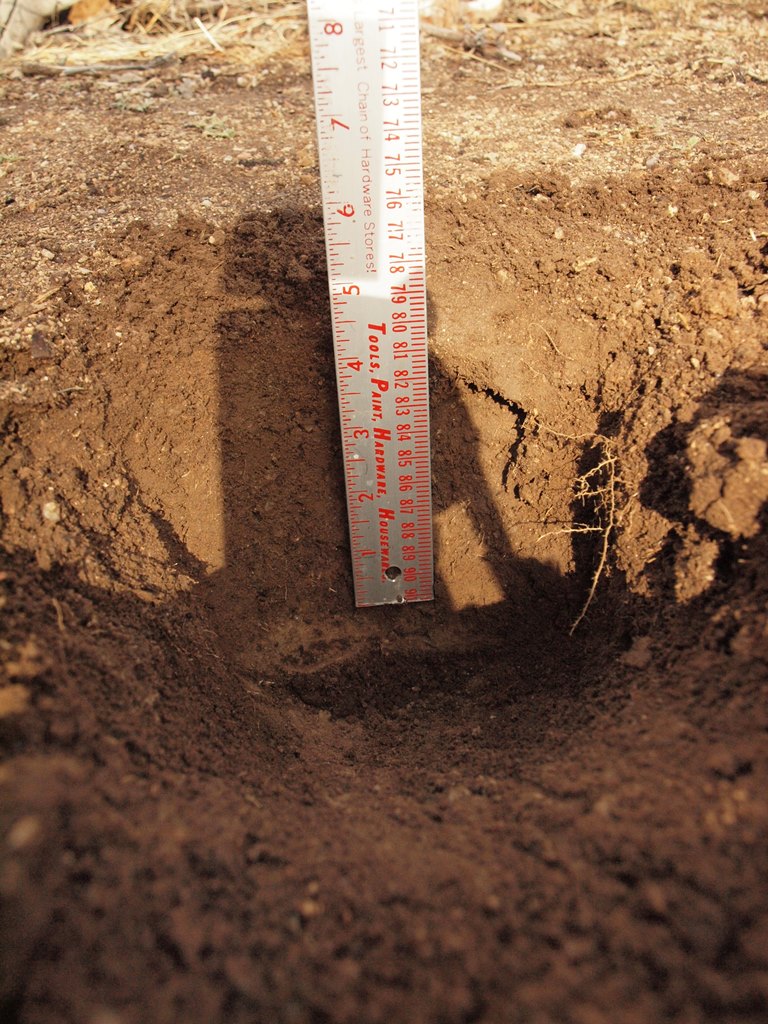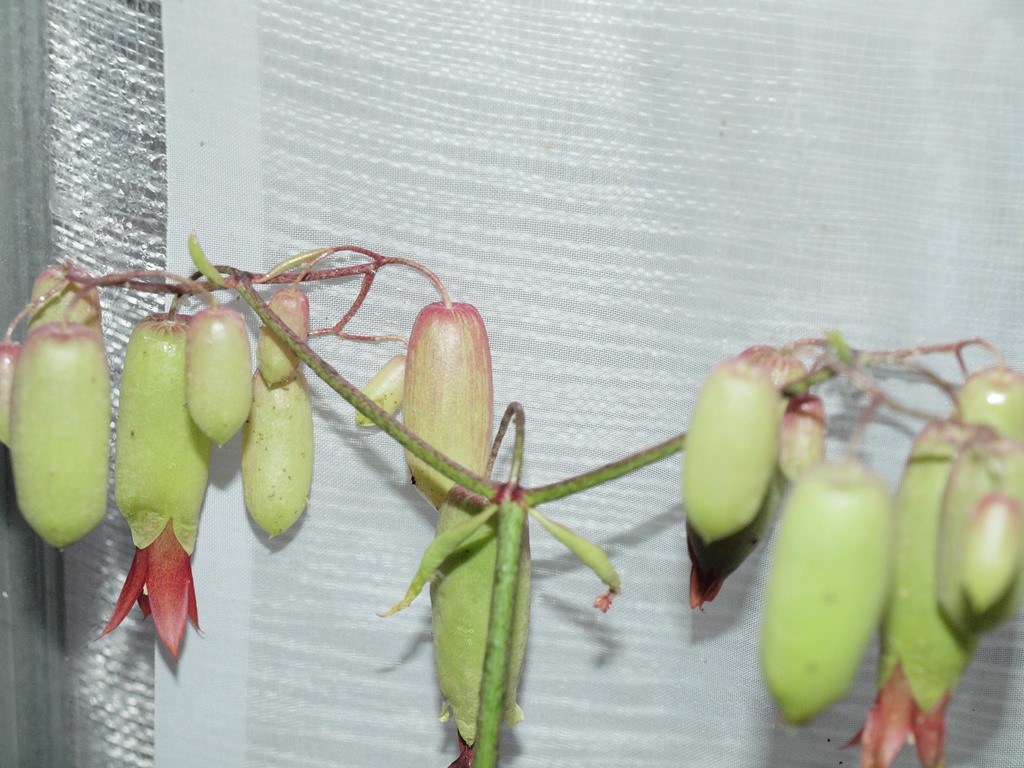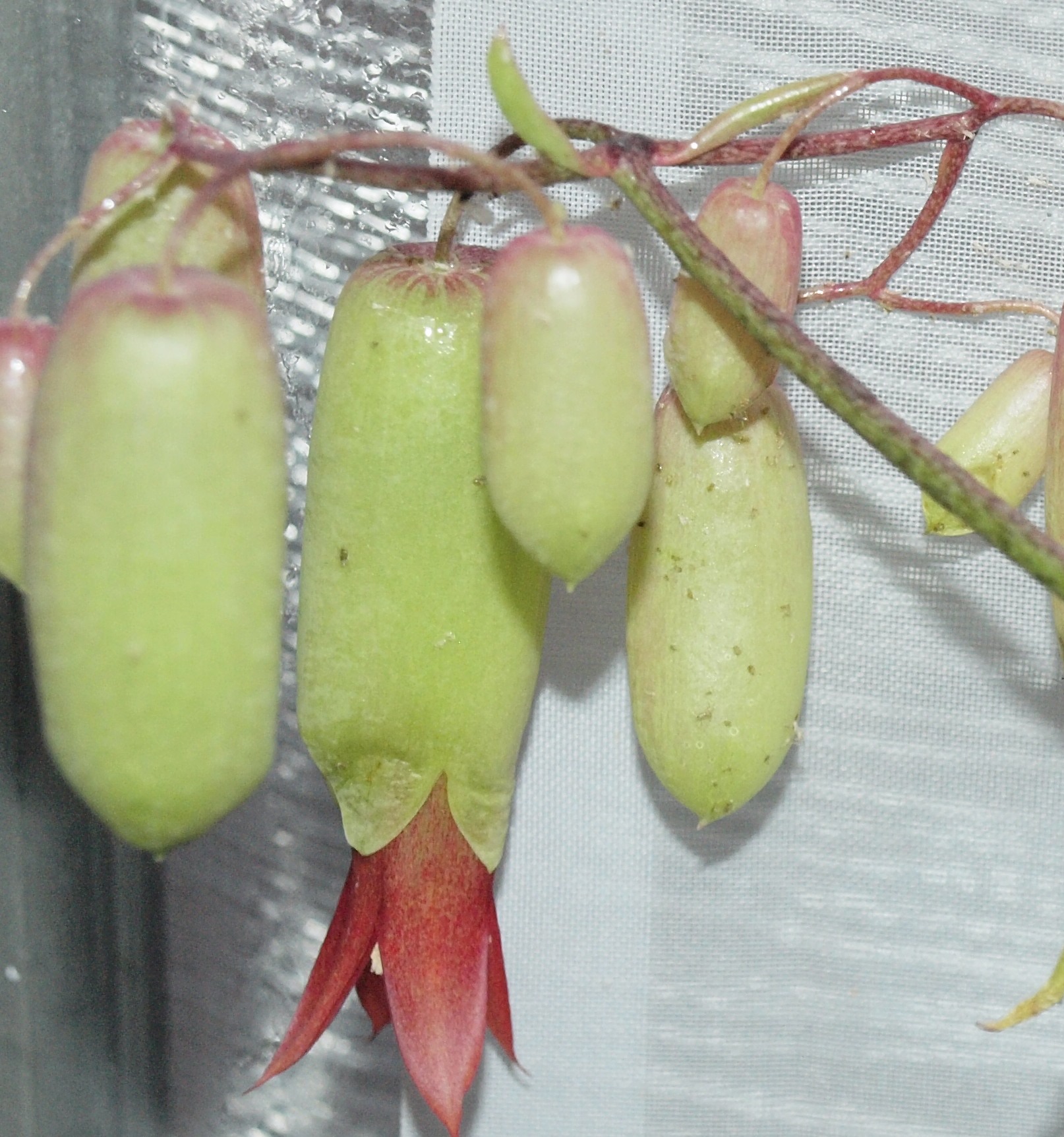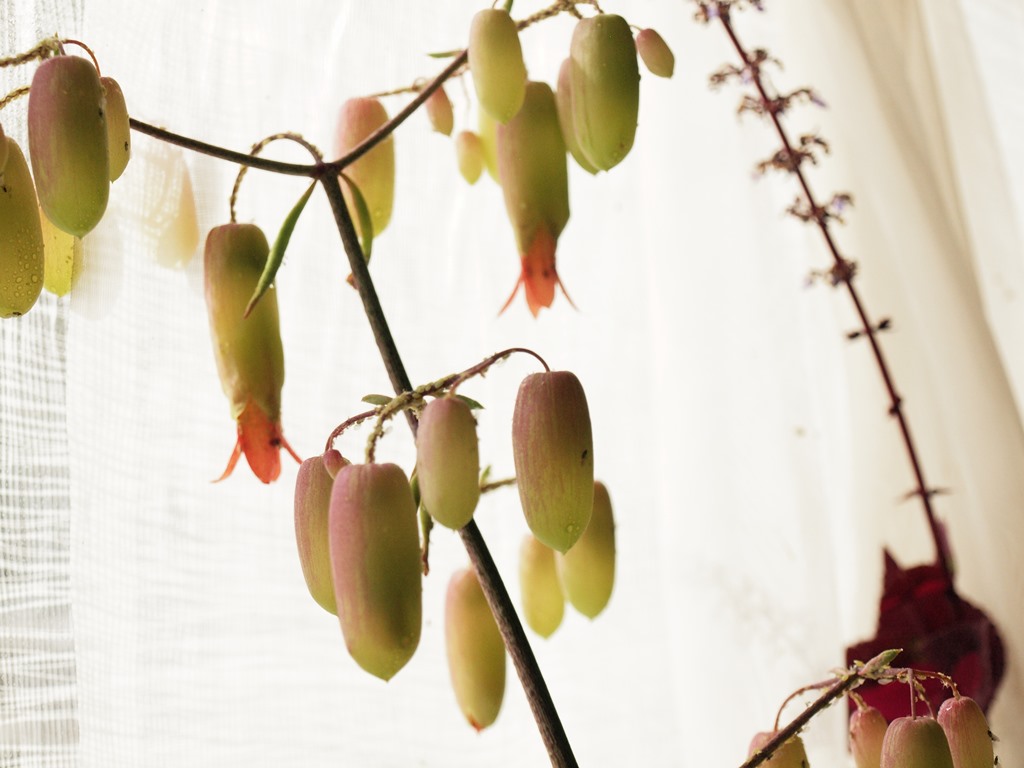It is important to know if you are purchasing from a good nursery company. How can you identify a good nursery company?
A company’s reputation is a good first indicator. Some companies have been in business for many years and built good reputations. However, this is not always reliable. One of my favorite nursery companies from the past had a period of financial difficulties and their quality slipped. I think they are recovering, but I have not ordered anything from them since their problems.
In one instance I ordered sweet leaf (Stevia) plants from a company I had never heard of before. About a month later the plants arrived – fortunately I was able to recognize that they had not shipped Stevia plants, they sent me banana plants. I think this company is just a gatherer of orders and then submits orders to other, real, nurseries. Of course, I was not able to contact this company after the shipment. I still have one banana plant surviving from the plants I received. I had also given some away to friends. I followed up with an order to a well known, reputable seed company – Park Seeds. Park Seed Company sent me real Stevia plants. Park Seed Company has been in business for 150 years and I have ordered from them many times with good success. This is a good nursery company.
This autumn I had an interesting experience that I though was not going to work out well, but I was wrong. I ordered some plum trees from a very reputable nursery. I received one of the trees and a notice that my order for the other tree was cancelled (and I was not charged), because that variety had sold out. I was quite disappointed that they were selling more than they had in stock! A few months later I received an e-mail stating that the tree I wanted was back in stock, but when I checked it was a standard size tree, not a dwarf as I wanted. However, I placed an order at that time for a different variety of dwarf plum tree. When the tree arrived, it was not the tree that I ordered, it was a pecan tree. I sent an e-mail to the company on Saturday, explaining that they had shipped the wrong plant. On Monday I received a reply that they were correcting the error. A few days later I received the Redheart dwarf plum that I had ordered. The company told me to keep the pecan tree – Well done Stark Brothers Nursery! Another good nursery company in my experience and from discussions with other gardeners.
Pay attention to how a company treats you and the quality of the plants that they ship. This way you will have a better chance of getting what you want and getting good quality plants. Never the less, it is good to periodically try new companies to see if you want to add them to your list of quality suppliers.
